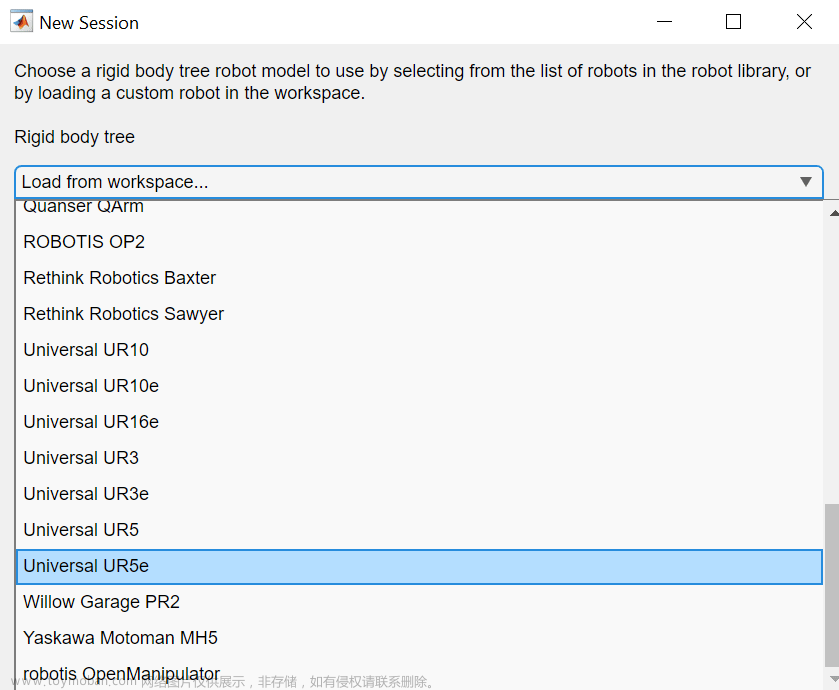Q1. A racing car needs to be assessed for performance. In a time trial, measurements are made of its position at a series of times. Assuming that the car has (unknown) constant acceleration a and (unknown) initial speed u and (known) zero initial position, the task is to fit the mathematical model x = ut + ½ at2, where x is the distance travelled at time t.
- For the inverse problem, write down the model and data vectors. [2]
- Write down the matrix G that connects the data and model vectors. [3]
- Ignoring the uncertainty (assuming accurate measurements of distance), write down in matrix form the equation giving the least squares estimate of the model vector. You should write in numbers whereever possible, but there is no need to actually calculate the resulting vector. [4]
- Write down the covariance matrix Qdd for the observations and include the units. [2]
- Write down the model vector estimate using the best linear unbiased estimator in matrix form, substituting numbers wherever possible. There is no need to actually calculate the resulting vector. [3]
- Explain each of the four terms in a single sentence: best linear unbiased estimator.
(Write 4 sentences, one for each term). [4]
- How might you quantify the uncertainty of your estimate using the BLUE of the model parameter a using bootstrapping? [3]
- A colleague suggests that the model needs to be revised: they believe that a better model is of the form x = ut + bsin(t π/40) + ce(t/10)
for unknown constants u, b and c.
Ignoring uncertainty, write down the new model vector and the new matrix G that connects the data and model vector. [4]
Four measurements, d1 – d4, are made of the volume at times: t = 0, 1, 2, 3 days, from which you would like to infer the unknown parameters using an unweighted least squares method.
- Is this inverse problem linear or nonlinear? [1]
- If the volume V is measured in m3 and time is measured in days, what is the unit of each of the model parameters? [2]
- You now assert a guess of the four model parameters. What is the update of the model vector that leads to an improved estimation of the unweighted least squares solution? There is no need to multiply out any matrices in your answer, but you should include as many numeric matrix entries as possible. [8]
- Describe how you might implement this in an iterative scheme [4]
- You find an answer that is converged. What confidence can you place in your answer? [2]
- Describe how you might check your answer using the neighbourhood algorithm. [8]
Q3. The figure below shows a 2-D seismic tomography experiment carried out in a laboratory on a piece of rock measuring 30 cm by 20 cm. The lines with arrows represent the paths of five seismic rays through the rock, the measured travel times for each of which is given below:
Ray Number 1 2 3 4 5
Time (ms) 440 615 525 817 545
In the model set-up, the rock is divided into six 10x10 cm blocks, as shown, and the goal is to determine the slowness of each of the blocks, assumed constant in each block. The model vector m should describe the slowness in each block taken in alphabetical order.
- For each block, write down whether it is under, exactly or over determined. [6]
- Write down the system d = Gm for this problem, specifying each of d, G and m using numerical values where possible. [6]
- A student computes the singular values of the matrix G, producing the vector
[2.37607898 1.84775907 1.41421356 0.76536686 0.59518794].
What does this tell you about the existence of model and data null spaces and the numbers of spanning vectors (i.e. their dimension)? [3]
d) The measurements of ray 5 is now judged to be too much in error, and ray 5 is now ignored. What will change in terms of the data and model null spaces? [4]
e) Write down the new spanning vector that appears and specify which of the null spaces it lies in. [3]文章来源:https://www.toymoban.com/news/detail-812206.html
f) Ray 5 is now replaced by a different measurement (see below). What will change in terms of the data and model null spaces ? [3]文章来源地址https://www.toymoban.com/news/detail-812206.html
到了这里,关于【SOEE3250】Inverse Theory的文章就介绍完了。如果您还想了解更多内容,请在右上角搜索TOY模板网以前的文章或继续浏览下面的相关文章,希望大家以后多多支持TOY模板网!




![[移动通讯]【Carrier Aggregation in LTE】【 Theory + Log analysis-1】](https://imgs.yssmx.com/Uploads/2024/02/681949-1.png)







